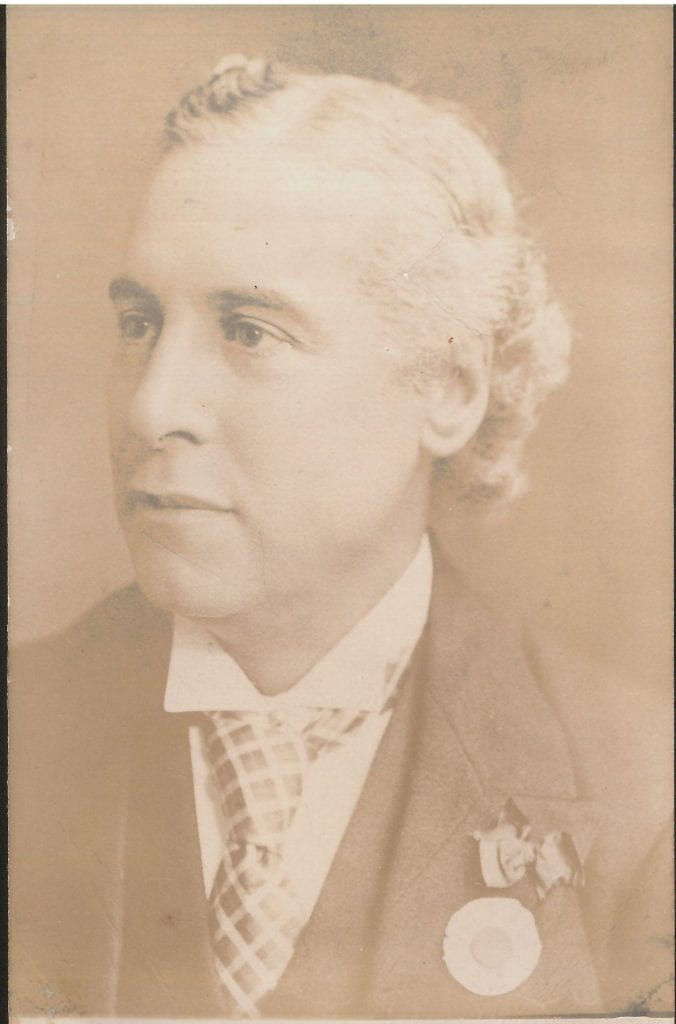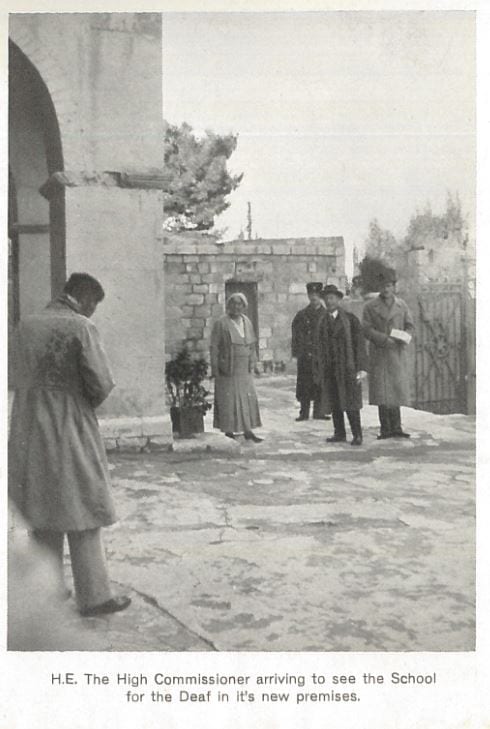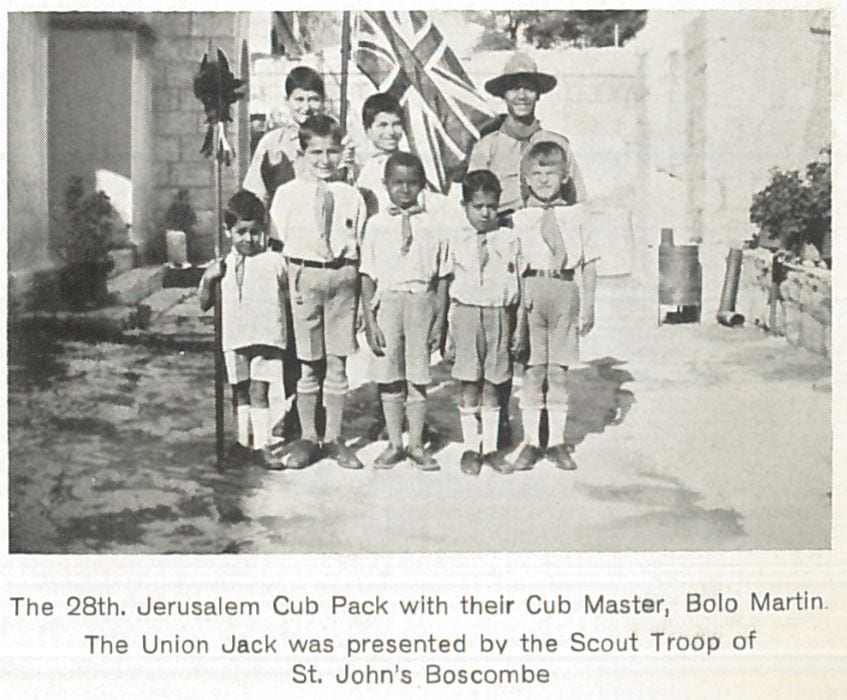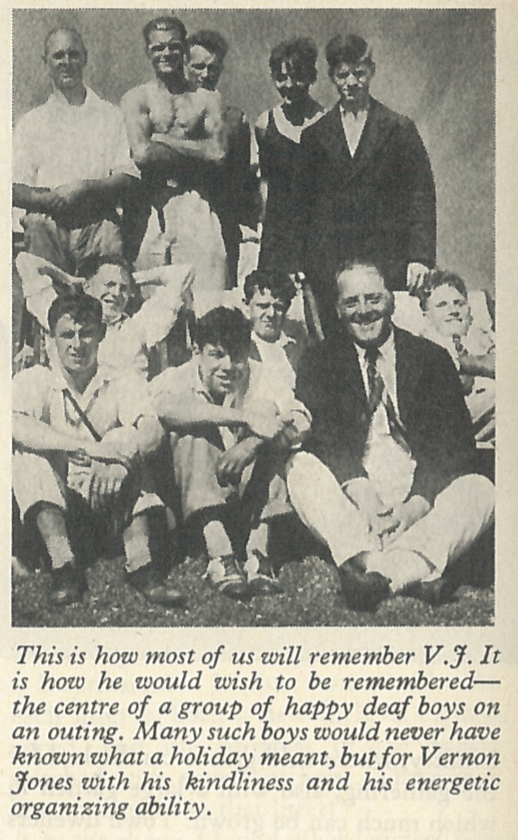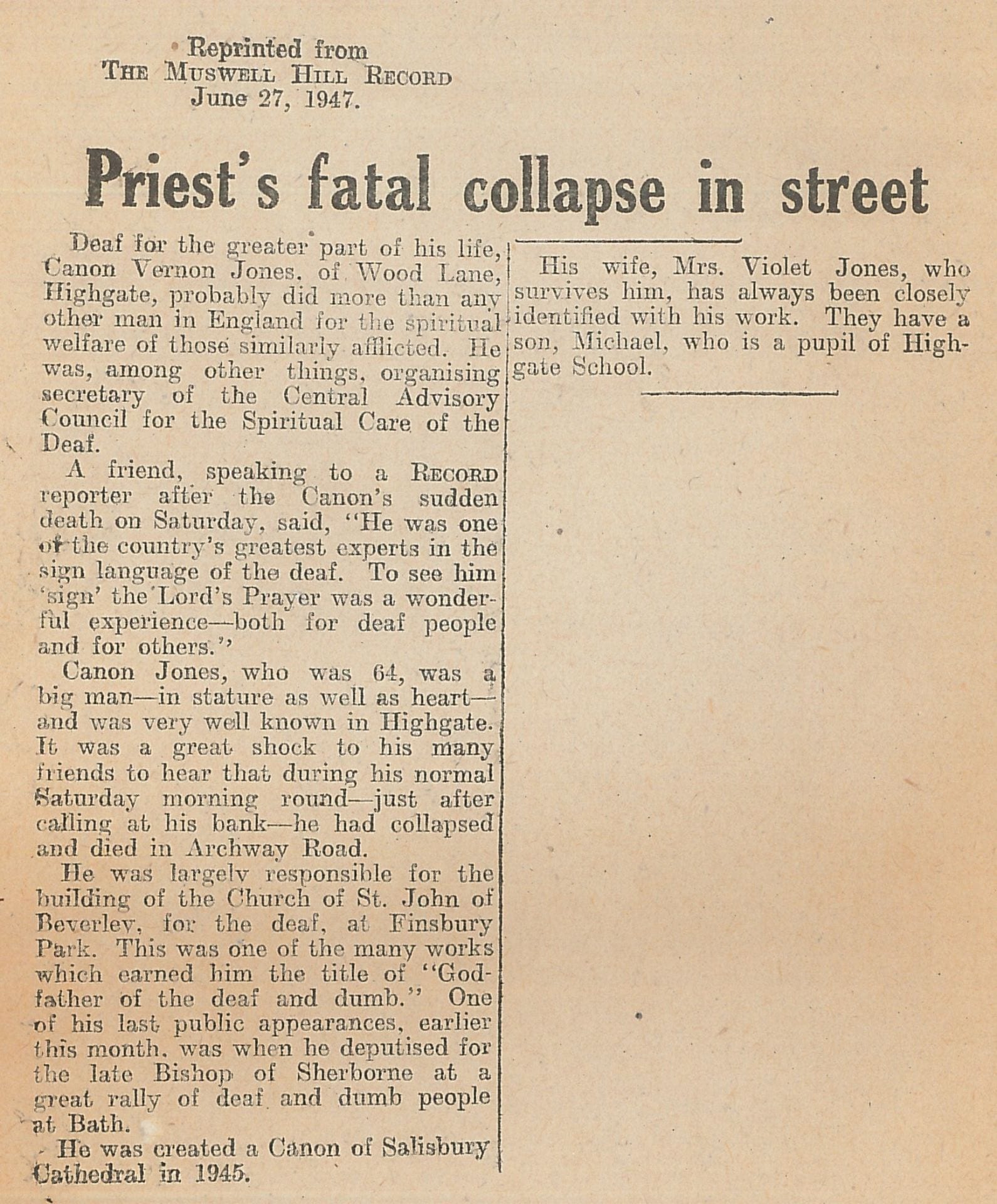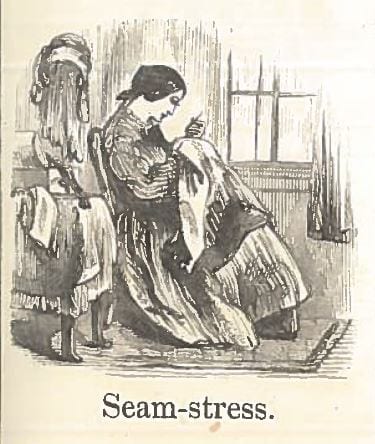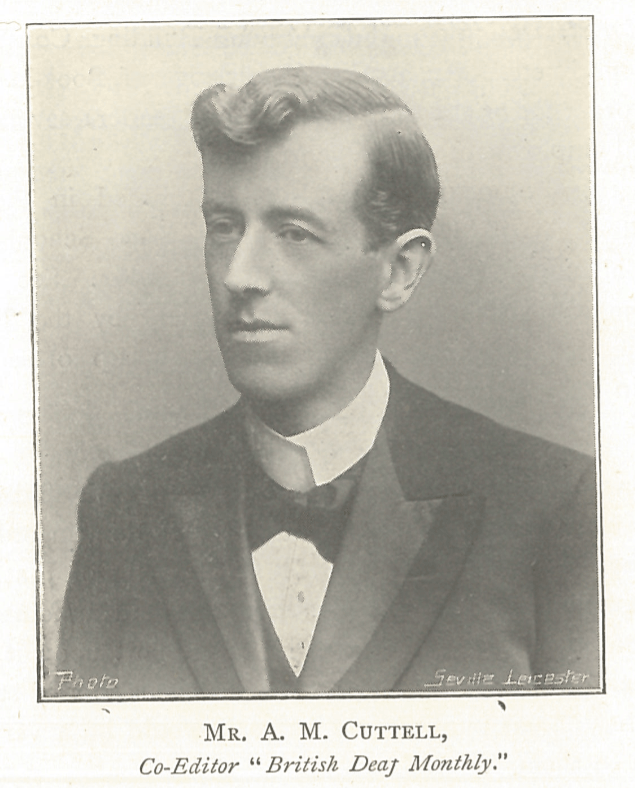“his client was terribly afflicted, and totally unable give any evidence except by Signs” – alleged assault on Emma Conway of Dosthill, 1893
By H Dominic W Stiles, on 23 August 2019
This is a story touching on the life of Emma Conway, a Deaf girl, who was briefly in the news for all the wrong reasons, before sinking again into obscurity.
She was born in Staffordshire, at Brownhill(s), Wallsall in 1869, but the family moved to Dosthill, near Tamworth. Her father, Isaac, worked as a labourer, and two brothers were miners. She also had at least two sisters. Emma was born deaf, and probably had no education in any formal way. The 1881 census does not say she was a scholar, when she was thirteen. Her sister, Eliza, was married and lived close by. She probably had no contact with other Deaf people, and would therefore have grown up isolated from any possibility of learning either sign language or finger-spelling, though the latter would of course only be useful to someone who could read, and we might guess that she could not. The family and friends must have coped with ‘home signing’ which is often found where a single child is deaf within a speaking community. Her story illustrates the importance of language in obtaining justice.
Herbert Baylis, was a Fazeley born butcher’s assistant, son of Francis Baylis, a local butcher. (Note that his name was consistently spelt ‘Bayliss’ below).
The case emerges in local newspapers. On the morning of the 7th of March, a Tuesday, Herbert Baylis, then 18, allegedly ‘feloniously’ assaulted Emma (Coventry Evening Telegraph – Wednesday 22 March 1893). The Lichfield Mercury for Friday 24th March 1893, expands the story. They tell us that Baylis was “summoned by Eliza Holiday to answer a charge of indecently assaulting Emma Conway, a deaf and dumb girl, at Dosthill, on the 7th inst.” Eliza being a sister of Emma. Mr. E. Argyle, who defended, objected initially, as “the offence was alleged to have taken place in Warwickshire, and proceedings had been taken in Staffordshire.” Argyle also objected “that the information was not laid upon oath, but by the girl’s sister. He did not deny that defendant went to the house, but asserted that he had a perfect answer to the charge. A summons had been issued for which there was not a shallow of foundation support it.” Here we see the problem of language, on which the case was to hinge.
The Lichfield Mercury for Friday 24th March 1893, expands the story. They tell us that Baylis was “summoned by Eliza Holiday to answer a charge of indecently assaulting Emma Conway, a deaf and dumb girl, at Dosthill, on the 7th inst.” Eliza being a sister of Emma. Mr. E. Argyle, who defended, objected initially, as “the offence was alleged to have taken place in Warwickshire, and proceedings had been taken in Staffordshire.” Argyle also objected “that the information was not laid upon oath, but by the girl’s sister. He did not deny that defendant went to the house, but asserted that he had a perfect answer to the charge. A summons had been issued for which there was not a shallow of foundation support it.” Here we see the problem of language, on which the case was to hinge.
In reply to the Bench, complainant’s sister said the girl did not know the deaf & dumb alphabet. She understood what her sister meant by the motions she made.
—Mr. Argyle objected to the sister interpreting the evidence ; it should done by a sworn interpreter.
—After consideration by the Bench, Mr. Argyle said in any case he would have to ask for an adjournment, as his witnesses were not present. He was only instructed that morning, just before coming to the Court. Mr. Argyle added that should strongly object to the sister acting as interpreter.
—The Bench said she could ask someone else to do so. (Lichfield Mercury)
Consequently, the case was adjourned for a fortnight. It is hardly surprising that the defence should object as the sister was hardly unbiased, and I suppose home sign is not a true language, though it is a form of communication.
The Tamworth Herald – for Saturday the 8th of April 1893, continues the story, calling it “An Extraordinary Case.”
Mr. R. Nevill appeared for the prosecution, and Mr. E. Argyle defended. The case was heard at the last fortnightly sessions, and was adjourned order that someone might be obtained to interpret the girl’s evidence.
—Mr. Nevill said his client was terribly afflicted, and totally unable give any evidence except by Signs. The offence was alleged to have occurred in the forenoon about ten. Mrs Sarah Woods, neighbour who had known the girl for the last five or six years would interpret her evidence.
—At Mr Argyle’s request all the witnesses except Mrs. Wood and Mrs. Holiday, were ordered by the Bench to leave the Court until called.
—Mr. Argyle said the case was the most difficult he had ever known. The girl was not acquainted with the deaf and dumb alphabet.
—Mrs. Wood was then sworn, and said she was the wife of John Wood, miner. She bad known the girl Conway for four and half years, and could understand from her signs what she meant.
—Emma Conway was through the interpreter next sworn, and kissed the book. According to the interpreter the girl conveyed by her signs that the defendant came into the house, and followed her into the parlour, where the assault complained of was alleged to have taken place.
—Agnes Aucott (11), [an error for Allcott] residing with her parents at Dosthill, said defendant drove to Conway’s house. She heard him ask Conway where someone lived. Witness then informed defendant that the girl was deaf and dumb, and he asked whether Conway’s mother was alive, and she replied in the negative. He also asked whether the girl had a sister and brother, and she said yes, adding that the brother had gone to work. She saw the defendant follow the girl Conway down the passage towards her house, and she afterwards went and told Mrs. Holiday.
— Cross-examined : She had often seen the defendant, but had not spoken to him before. He came to Dosthill twice a week. She saw the defendant with the tobacco pipe produced in his hand. She did not hear him asking the girl for a match ; but she saw him show her a penny. The penny was not a match box. Between her seeing the defendant follow Conway down the passage and her telling Mrs. Holiday, she heard the barking of the dog which is kept as a protection to Conway. She heard no screaming.
—Eliza Holiday, wife of Joseph Holiday, miner, Balfour’s buildings, Dosthill, said she was a sister of Emma Conway, and lived next door but one to her. In consequence of what the previous witness told her she went to her sister’s house. She went in the back door, and saw the defendant pushing against the parlour door. She asked him what he wanted and he gave no answer. The dog which was chained up in one corner of the house was savagely barking, and she could hear the sound some crying. She again asked the defendant what he wanted, and he said “a match.” She told him that she hoped he would not be caught there again. Afterwards, defendant used a threatening expression to her, and at that moment he had a knife in his hand. After getting defendant out of the house she went in and found Conway crying, and in consequence of what the girl made her understand, she took out a summons against the defendant next morning.
—Cross-examined : She had never dealt with the defendant, but she owed something to defendant’s father, and she thought that when the bills were put right she would owe only 6d. There was some ill-feeling over the matter. She did not go to Mrs. Cook and say that defendant had “struck my poor sister.” When she accused defendant twenty minutes afterwards of committing an assault upon her sister, defendant said that if she did not take care he would have her locked up for making such an accusation.
— [During this witness’s cross-examination the persons occupying the gallery gave vent to some laughter, whereupon the chairman threatened that the gallery would be cleared if any further expression of feeling were made.]
— Emma Simpson, wife of George Simpson, miner, and living next door Conway’s house, said in the forenoon of the day in question she heard noises from the next house as of someone screaming, and also of dog barking. She sent her daughter to Conway’s to see what was the matter.
—Cross-examined : She owed to defendant’s father.
—This was all the evidence for the prosecution.
—Mr. Argyle submitted that there was no case against the defendant such any grand jury would entertain.
—The Chairman held that there was a case for the defendant to answer.
—Mr. Argyle said he would therefore advise his defendant to reserve his defence. After a consultation with the defendant, and the defendant’s father, Mr. Argyle said he still held that there was not shadow of a case against the defendant, and he could not recede from the position he had taken up. There was no corroboration of the evidence. The case would have to go for trial unless their worships decided to dismiss it.
—The Chairman said the Bench would have to send the case for trial to the Quarter Sessions.
—Defendant was allowed bail in the sum of £50, his father giving the necessary sureties.
The defence was trying to imply that the witnesses had an interest in seeing Baylis lose the case. As to the nature of the alleged assault, it is typically opaque
The case came before a grand jury – used in England and Wales until the 1930s – at the end of June. The Leamington Spa Courier for Saturday the 1st of July, 1893, said that the grand jury was told that,
The most difficult case they would have to deal with was a charge of assault upon a deaf and dumb girl who had not been instructed in the deaf and dumb alphabet. The only means of understanding her was by signs and gesticulations, and none but some of her neighbours could tell what she meant. He would advise them to be very careful with the case, and, unless they were satisfied that the petty jury were likely to understand the case, it would be safer to throw out the bill.
That is exactly what happened, as we read in the Alcester Chronicle for Saturday the 1st of July, 1893, which reports that that Baylis was acquitted –
The prosecutrix, who is deaf and dumb, did not appear to understand the nature of an oath, and the case was accordingly dismissed, no evidence being tendered. The magistrates promised get the girl into deaf and dumb asylum.
I am not sure that the magistrates understood what ‘deaf asylums’ were. She was not a child, so unless they were going to get someone to help teach her as an adult, say from one of the Midland missions, I am not sure what they were expecting. She would have been worse off in a workhouse, and it seems that her family were looking out for her and caring for her. Additionally as we have said, the finger-alphabet is useless without an understanding of spelling, so unless Emma could read, which does not seem likely, the only sensible thing would have been for her to be taught sign language.
Baylis seems to have died in Lewisham in 1933.*
In 1911 Emma was living with her older sister, Catherine, and her husband James Besant, a carter, at 23 Paddock Lane, Walsall. She died in 1946, never having married.
Coventry Evening Telegraph – Wednesday 22 March 1893 – other newspapers as quoted a
1871 Census – Class: RG10; Piece: 2915; Folio: 122; Page: 48; GSU roll: 836406
1881 Census – Class: RG11; Piece: 2775; Folio: 17; Page: 28; GSU roll: 1341664
1891 Census – Emma – Class: RG12; Piece: 2211; Folio: 64; Page: 7
1891 Census – Eliza – Class: RG12; Piece: 2211; Folio: 64; Page: 8
1891 Census – Bayliss – Class: RG12; Piece: 2211; Folio: 23; Page: 9
1911 Census – Class: RG14; Piece: 17169; Schedule Number: 20
1929 – Board of Trade: Commercial and Statistical Department and successors: Inwards Passenger Lists.; Class: BT26; Piece: 909
*There is another Herbert Baylis who was born in India who some family history researchers seem to have confused with this Herbert Baylis. His father was
| Theophilus Ledbook Baylis |
 Close
Close





